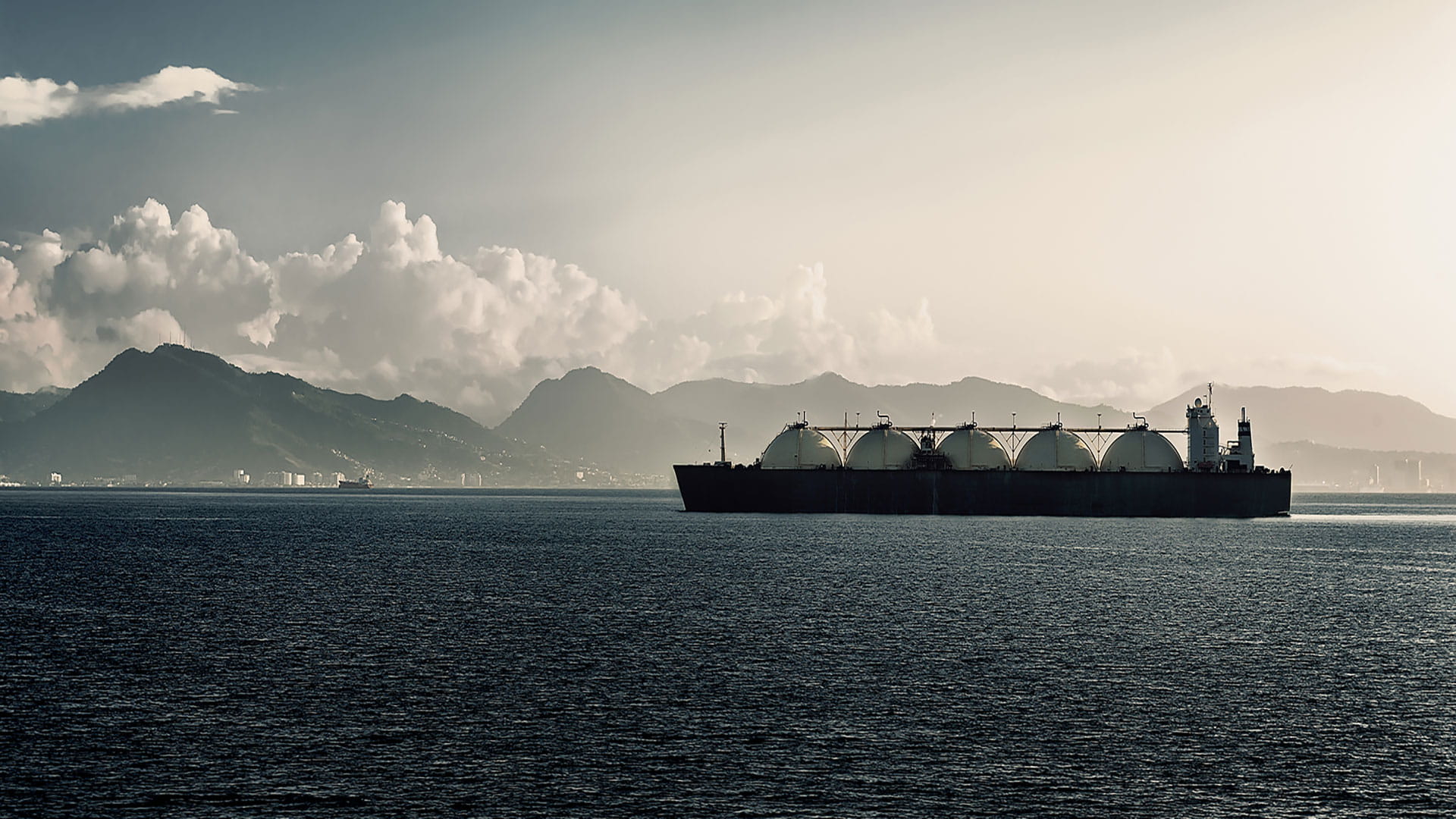A deep dive into Vietnam’s PDP8 power development plan

Vietnam's Path to Net Zero Emissions by 2050
PDP8 is set to transform Vietnam’s energy production landscape, modernising national infrastructure, increasing electricity generation, and enabling the country to reach its net zero goals by 2050.To get an overview of what this means, you can read our previous blog on the subject. If you want to take a deep dive into the specifics of the power plan, read on.
A power structure transformed
PDP8 addresses several key priorities. First is the need to ensure energy security, to meet the demands of a growing population, and satisfy Vietnam’s national defence commitments.
To do so, the Vietnamese government intends to make the most of its natural resources, and develop its energy infrastructure to ensure it can produce more power at a reasonable price and in compliance with national development legislation. However, meeting demand is only half the battle.
With big net zero ambitions, PDP8 looks to prioritise sustainability and the introduction of new, renewable production methods. The plan is, in essence, a detailed roadmap for a greener future.
A farewell to coal
Currently, over 30% of Vietnam’s energy production is reliant on coal power, which means a huge transformation is needed to achieve zero carbon emissions by 2050. With the approval of the plan, this transformation is now officially underway.Wind, solar, and other renewable sources are now set to meet nearly 31% of the country’s energy demands by 2030. And, as illustrated in the graphic above, around 60% of the country’s electricity will come from wind power and solar generation by 2050.
The significance of this can’t be overestimated. Vietnam currently has no offshore wind capabilities at all, so huge infrastructure projects will be required to bring this vision to life.
Looking solely at wind power, the country currently has five nearshore wind power projects under construction, and a further four in operation. When more wind power potential projects are added to this mix, Vietnam’s energy landscape will look remarkably different.
The use of coal will be further reduced with the emergence of other, more sustainable production methods including Liquid Natural Gas (LNG), hydrogen, hydropower, and biomass.
The plan to phase out coal in favour of these renewable alternatives will see many existing plants converted to use alternative fuels. Those that are too old to be converted will be decommissioned entirely, and no new coal plants will be built going forwards.
From LNG to hydrogen power
As a comparatively environmentally friendly solution, gas is set to become Vietnam’s primary power source by 2030 – for the short term at least.PDP8 sets out a plan to increase its short-term use of gas to reduce the country’s environmental impacts, before phasing out its use entirely in place of hydrogen power.
There are several LNG projects planned between now and 2035, as illustrated in the graphic below. Power plants using domestic gas and imported LNG are set to provide 24.8% of Vietnam’s power by 2030. However, no LNG-to-power facilities will be newly developed from this date forwards.
The expectation is that after ten years of operation, each of these projects will be converted to use hydrogen, which should by that point provide a cost-effective alternative.
By 2050, the majority if not all of the country’s gas-powered plants should have undergone this transformation.
Funding, support, and expert guidance
With an estimated price tag of $134.7 billion, putting PDP8 into action will require investment and contributors from all over the world – not to mention expertise.
After all, there are sweeping infrastructure changes to be made, whether its developing smart grids to ensure efficient energy or creating a national offshore wind programme from the ground up.
With a presence in the country since the 1980s, and over 200 employees in Vietnam, Royal HaskoningDHV is well positioned to play a vital role in guiding and executing some of these projects.
Our 140-plus years of engineering experience has already contributed significantly to the country’s energy landscape. And our specialist knowledge and experience in offshore wind and LNG import terminals will help with this next important step of the journey.
From enabling floating wind power and helping ports prepare for that future to designing the marine facilities required to import LNG – we can provide the consultancy, planning, and engineering services that can help Vietnam realise its green ambitions.




